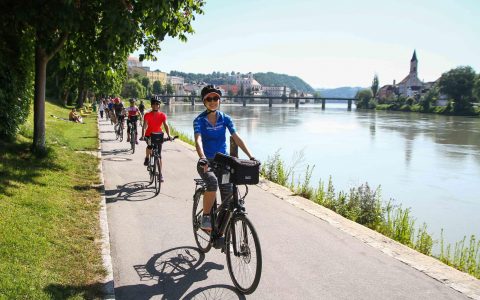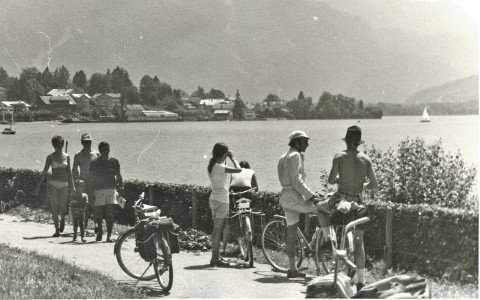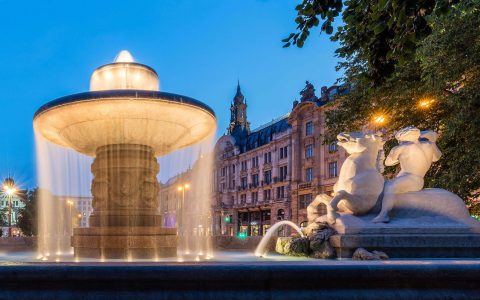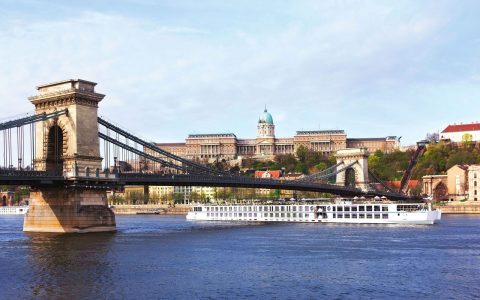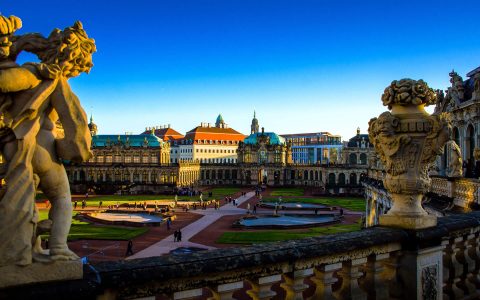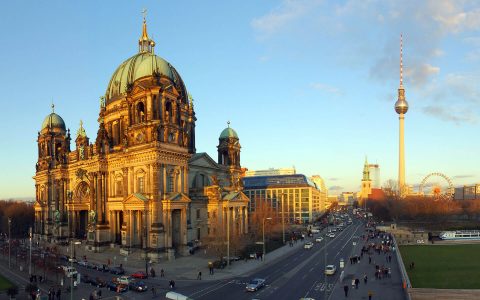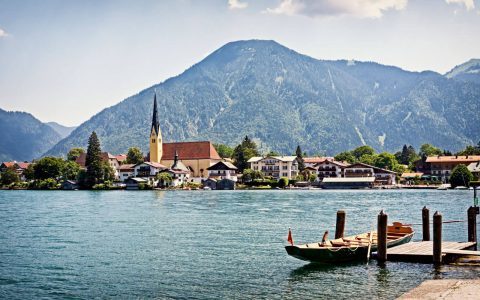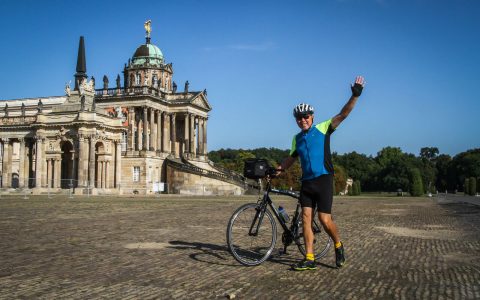Germany's Rhine River:
Paths to Glory
A trip down the River Rhine makes for a near-perfect active journey. All the ingredients are there: top-notch accommodations and cuisine; a blend of countryside idyll and urban high culture; the elusive combination of attractive landscape with (relatively) easygoing riding; and compelling local characters who bring it all to life in relatable ways.

But there is another contributor that is delightfully unexpected, and that is the region’s superb network of dedicated bike paths that make the entire experience more safe, scenic, and distraction-free. (In my humble opinion, it’s what makes the Rhine an ideal choice for a first bike trip.)

Bike paths everywhere…
 The German word for bike path is ‘Radweg,’ and along the Rhine, you’ll see this word nearly everywhere. In fact, it’s ubiquitous across the entire country. Because for all the ballyhoo about the cycling network of its neighbours Holland and Denmark, it is, in fact, Germany with the highest cumulative mileage of such paths in Europe, or for that matter, the world.
The German word for bike path is ‘Radweg,’ and along the Rhine, you’ll see this word nearly everywhere. In fact, it’s ubiquitous across the entire country. Because for all the ballyhoo about the cycling network of its neighbours Holland and Denmark, it is, in fact, Germany with the highest cumulative mileage of such paths in Europe, or for that matter, the world.
A highly industrialized nation, Germans have always valued the ideas of health, exercise, and green space as escapes; the postwar rebuild afforded the opportunity to make biking intrinsic to the national infrastructure. (In a stereotypically German way it was also highly practical, as automobiles were a luxury for an entire generation after the war.)
Today the results of that investment are striking. The Rhine valley itself, unlike, say, the Danube, is a busy transportation corridor, with roads and railways on both banks for most of its length. Yet thanks to careful planning, either side can be pleasantly pedalled, particularly the renowned Upper Middle Rhine where cliffs and castles tower above the river.

Ride through the ‘real’ Germany
Then there are the lateral valleys. Languid tributaries such as the Wiese, Neckar, and Moselle flow in from both east and west, and along each is a marvelous bike path—some of these intimate waterways make for even more interesting interactions as they traverse villages, residential areas and small locks, giving them all the feel of a window on the ‘real’ Germany.

A personal favourite among them is the Lahn Valley, just off the end of the Rhine Gorge. ‘Lahntal’ in German, this valley requires a vigorous climb to access, but rewards the rider with a gorgeous route—gradually downhill with the flow—that includes a handsome spa town (again, Germans and their wellness!) and kids fishing in quiet bends in the river.
Seamless Rides Into the City
Perhaps most impressive of all, however, is the integration of cycling with a city’s busy core. One of the great features of the Rhine is its string of impressive cities, linked by the river but often divided by borders and history, and so each worthy of exploration. And while gaining access by bike to a medieval old town can be problematic in other places (think: Italy), it isn’t the case in Germany.
Explore The Rhine By Boat
Is there a more famous waterway on our planet than the River Rhine? Explore this millennia-old trade route connecting (or dividing) six countries and a diadem of stately cities; towering castles; terraced wine regions; the focal point of history-altering battles and invasions; and the inspiration for epic music on the Rhine River Cruise Biking trip.
DETAILED ITINERARY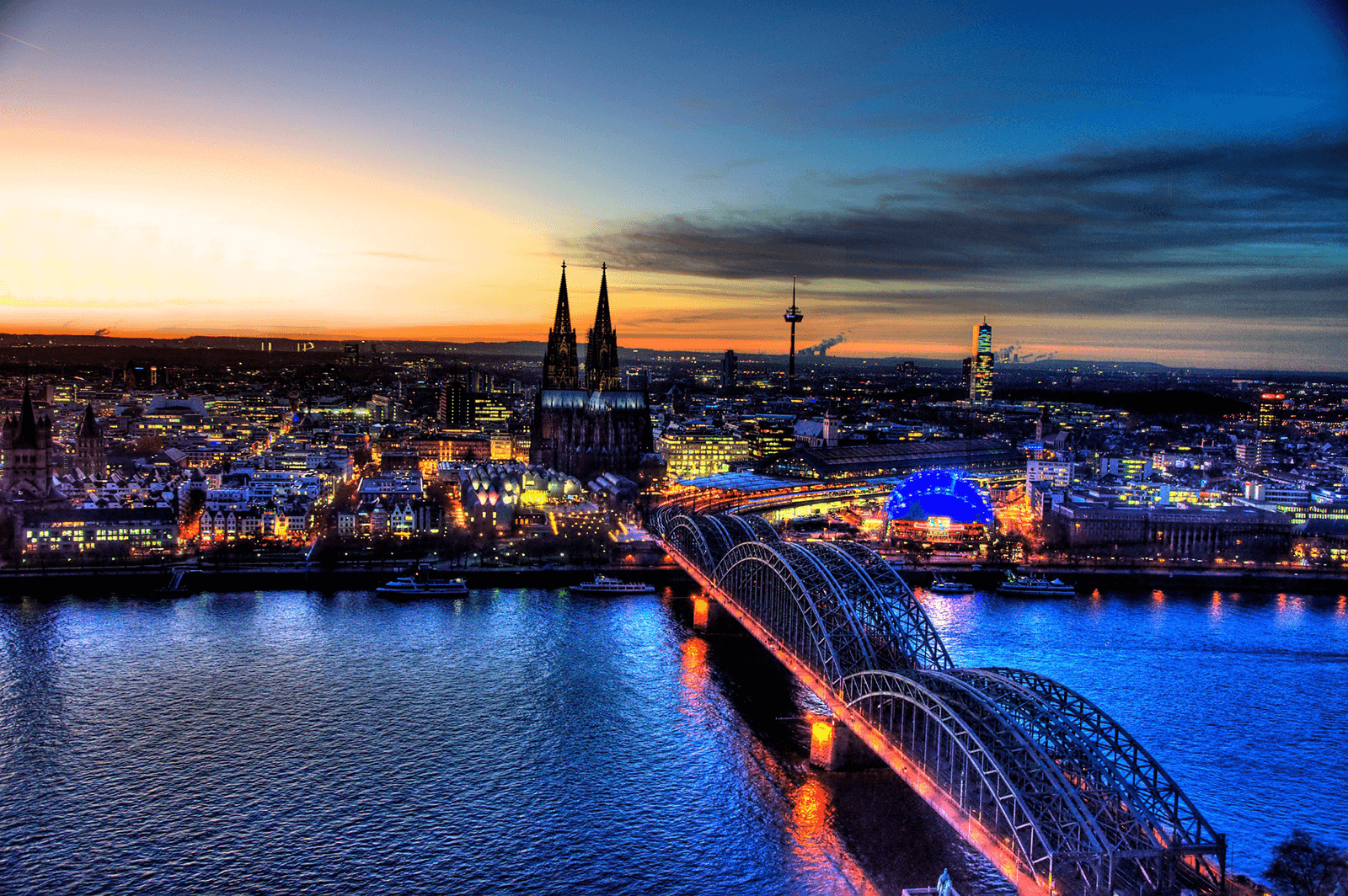
With amazing foresight, urban planners made sure that pedalling right into the heart of Heidelberg and Cologne would be green and easy—often, you don’t even realize you’re in the city centre until you’re there! In Koblenz, a cyclist can arrive at the confluence of the Moselle and Rhine, the so-called ‘German Corner,’ without seeing a single city structure or traffic light.

Nowhere is this excellent city biking more evident than in Strasbourg. (OK, not technically German, but definitely Germanic-influenced in its history and attitudes.) Coming from the wine country to the west, a dedicated cycle path follows the parkland corridor of an old canal to the city’s historic centre; en route, leafy backyards, soccer fields, and even grazing cattle mark the way. By the time riders burst out into the timbered-house-lined neighbourhood of ‘Petite France,’ mere steps from the landmark Gothic cathedral, they’ve ridden over ten miles within the city limits.

To be sure, there are sections of the Rhine and its sister rivers that are less compelling. The genius of an active river cruise is that travellers float quietly past such areas, and disembark for a ride where beauty, both natural and man-made, abound. And where they’ll be sure to find a bike path that leads the way.
MORE FROM Europe + Germany
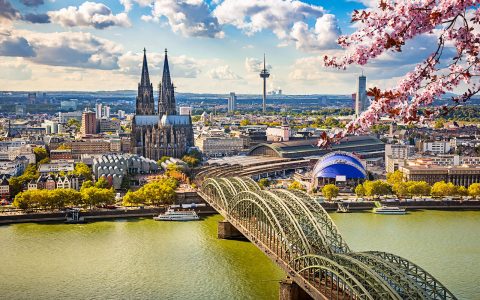
The 8 Best Rhine River Experiences
Germany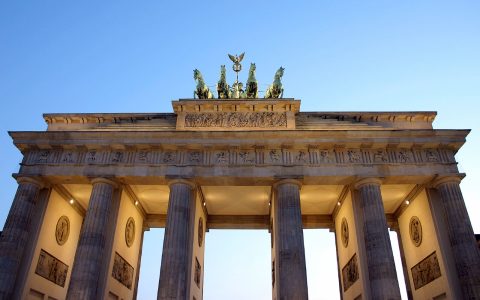
17 Of The Best Berlin Museums
Germany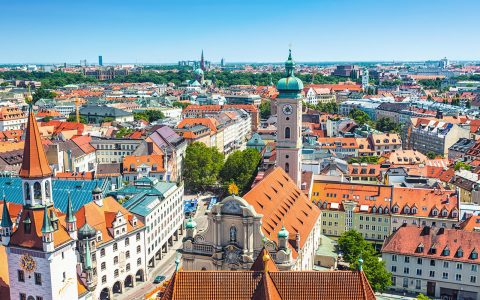
9 Must-Sees Along the Danube River
Austria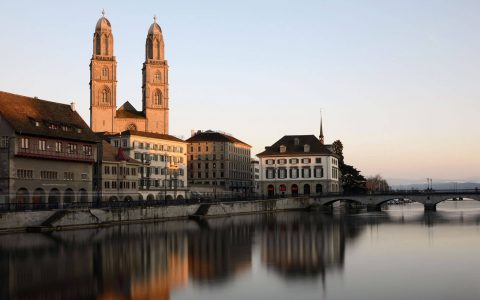
7 Iconic Spots Along the Rhine
Germany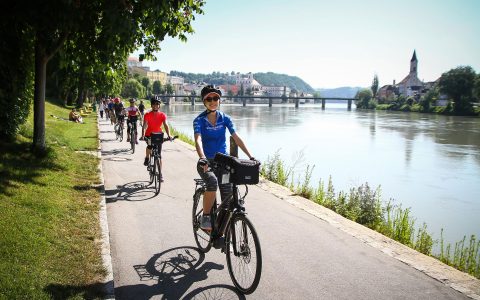
What to Expect on a European River Cruise?
Germany
Reading for the Road: A Few Fascinating Books About Germany
Germany
Berlin’s 8 Best Coffee Shops
Germany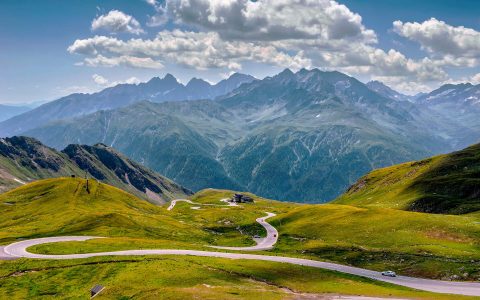
Top 5 Driving Routes in Germany, Austria & Switzerland
Austria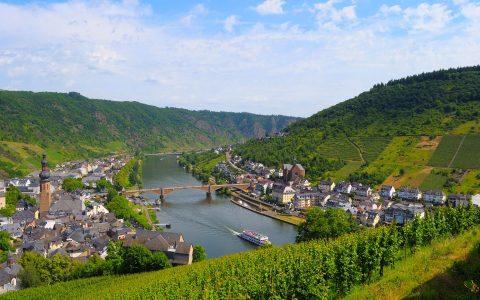
Notes From the Road: The Divine Mosel Valley
Germany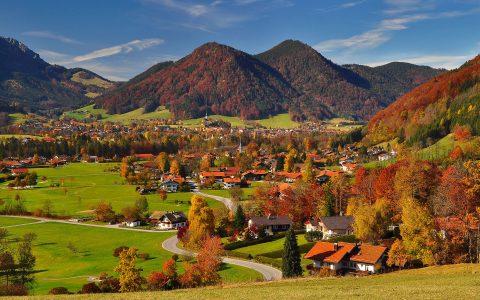
Notes From the Road: The Unabashed Charm of Bavaria
Austria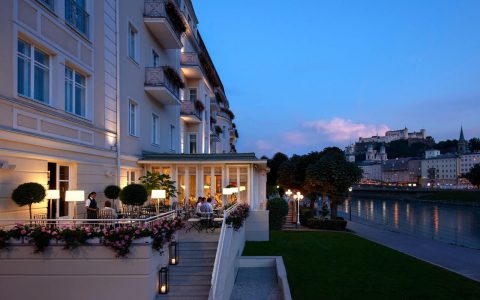
Butterfield & Robinson’s new cycling tour
Austria